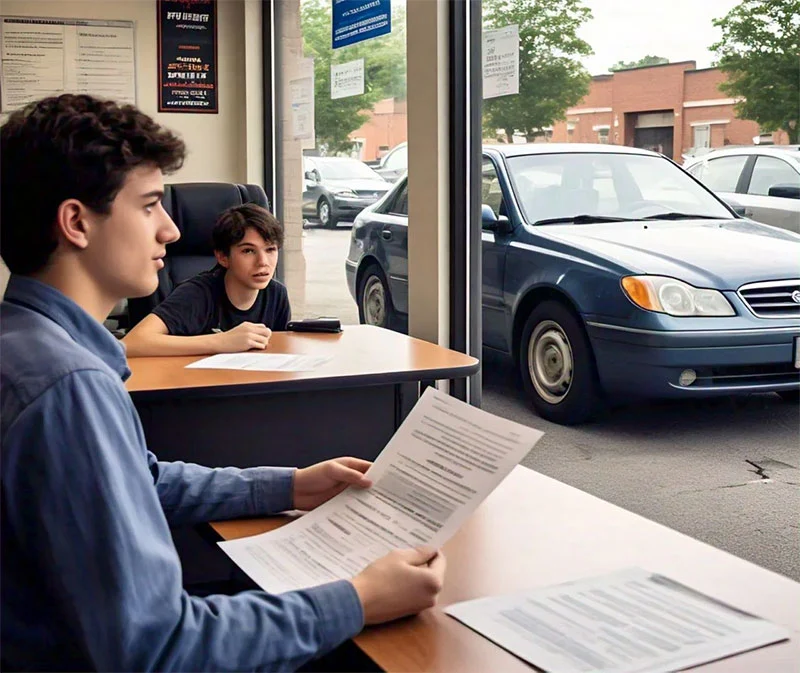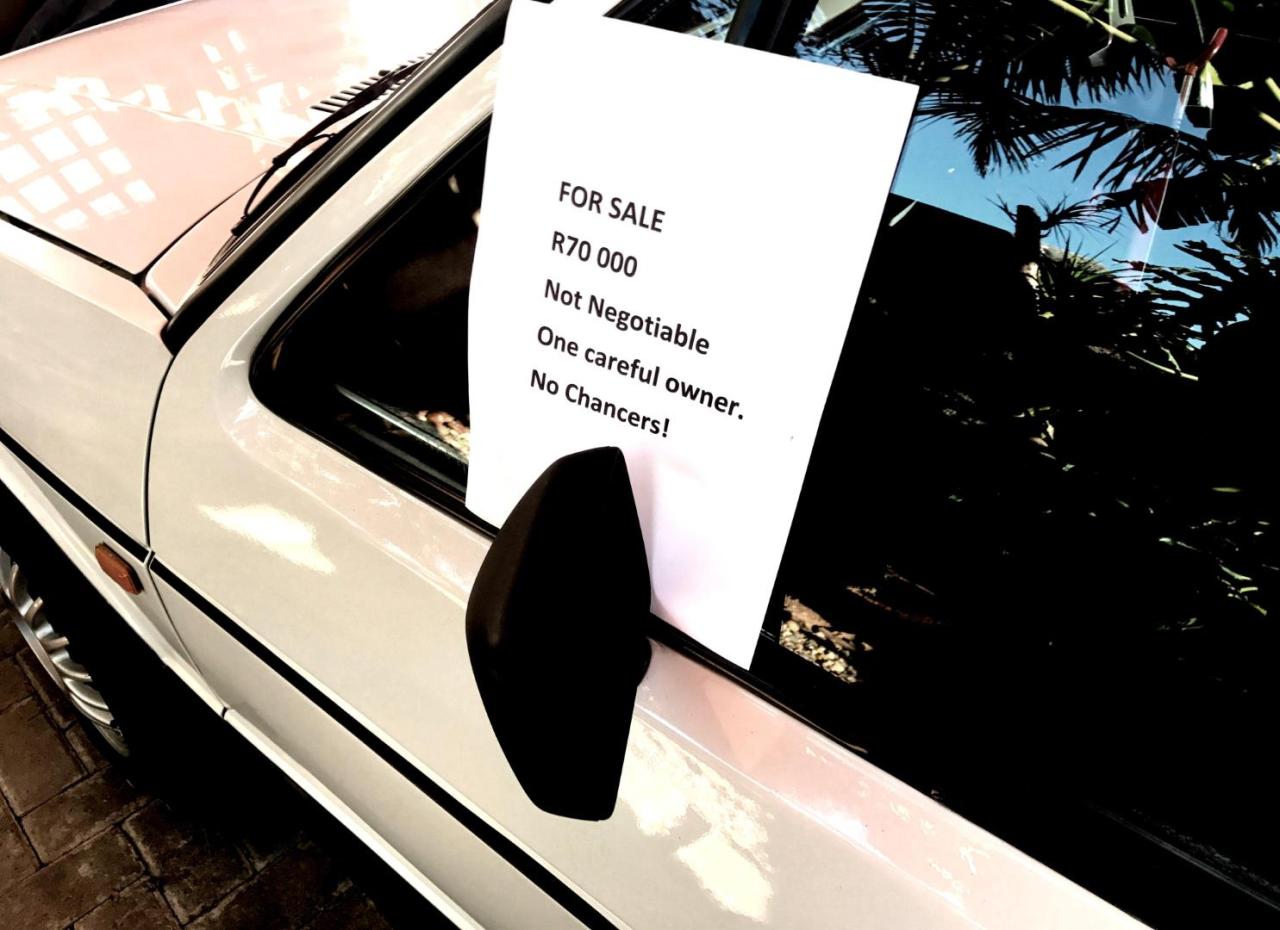Understanding Financing Options for Private Party Vehicle Purchases

Securing financing for a used vehicle purchased from a private seller requires careful planning and comparison shopping. Understanding the various financing options available, their associated requirements, and the terms offered is crucial for making an informed decision and obtaining the best possible loan. This section will Artikel the key differences between common financing methods and help you navigate the process effectively.
Bank Loans
Banks are a traditional source for auto loans. They typically offer a wide range of loan terms and interest rates, often depending on your credit score and the vehicle’s value. The application process usually involves submitting a credit application, providing documentation such as proof of income and employment, and potentially an appraisal of the vehicle. Banks often require a down payment, which can range from 10% to 20% or more of the vehicle’s purchase price. Interest rates from banks are competitive, but can vary significantly based on your individual creditworthiness.
Credit Union Loans
Credit unions are member-owned financial institutions that often provide more favorable loan terms than banks, particularly for members with good credit histories. Their application process is similar to that of banks, but they may place greater emphasis on member relationships and community involvement. Credit unions may offer lower interest rates and more flexible loan terms compared to banks, especially for borrowers with strong credit scores. They may also have less stringent requirements for down payments.
Online Lenders
Online lenders offer a convenient alternative for securing auto loans. Their application processes are typically completed entirely online, and they often cater to a broader range of credit scores than traditional lenders. While the convenience is a significant advantage, it’s crucial to carefully compare interest rates and fees, as these can vary widely among online lenders. Some online lenders specialize in loans for used vehicles purchased from private sellers, simplifying the process.
Comparison of Loan Terms, Interest Rates, and Application Fees
The following table provides a hypothetical comparison of loan terms from three different lenders for a $15,000 used vehicle loan. Remember that actual rates and fees will vary based on individual circumstances and lender policies. Always obtain quotes from multiple lenders before making a decision.
| Lender | Interest Rate (APR) | Loan Term (Months) | Application Fee |
|---|---|---|---|
| National Bank | 6.5% | 60 | $50 |
| Local Credit Union | 5.8% | 48 | $25 |
| Online Lender A | 7.2% | 72 | $0 |
Securing Financing Pre-Approval Before Contacting the Seller: How To Purchase A Financed Vehicle From A Private Seller

Securing pre-approval for a car loan before you start negotiating with a private seller offers significant advantages in the car-buying process. It strengthens your negotiating position, allows you to shop with confidence, and streamlines the overall transaction. Knowing your budget and financing terms beforehand eliminates uncertainty and helps you avoid wasting time on vehicles outside your financial reach.
Pre-approval gives you a clear understanding of how much you can borrow and at what interest rate. This empowers you to make informed decisions and confidently approach sellers with a concrete offer. This also avoids the potential embarrassment of having your offer rejected due to financing issues, ultimately saving you time and effort.
Pre-Approval Application Process
Applying for pre-approval typically involves completing an application with a lender, either a bank, credit union, or online financing platform. This application process usually requires providing personal and financial information, allowing the lender to assess your creditworthiness and determine your eligibility for a loan. The lender will then review your application and provide a pre-approval decision, which usually includes an estimated loan amount and interest rate. This decision is not a guaranteed loan, but it indicates the lender’s willingness to finance your purchase, provided the vehicle meets their criteria. Following pre-approval, the lender may require additional documentation before formally approving the loan upon the selection of a specific vehicle.
Required Loan Application Documents
It’s crucial to gather the necessary documents before starting your pre-approval application to expedite the process. Missing documents can cause delays and potentially jeopardize your chances of securing financing. Having these ready ensures a smoother and more efficient application process.
- Government-issued photo identification (driver’s license or passport)
- Proof of income (pay stubs, tax returns, W-2 forms)
- Proof of address (utility bill, bank statement)
- Social Security number
- Information about your existing debts (credit card balances, loan payments)
- Details about the vehicle you intend to purchase (Year, Make, Model, VIN if available)
Questions to Ask Your Lender
Asking clarifying questions during the pre-approval stage is vital to ensure you fully understand the terms and conditions of your potential loan. This proactive approach prevents surprises and potential misunderstandings later in the purchasing process. These questions help ensure transparency and a clear understanding of your financial obligations.
- What is the estimated interest rate and APR for my loan?
- What is the loan term, and what will my monthly payments be?
- What are the lender’s requirements for the vehicle’s condition and age?
- Are there any prepayment penalties if I pay off the loan early?
- What fees are associated with the loan (application fees, origination fees)?
Illustrating the Process with a Visual Guide

Purchasing a financed vehicle from a private seller involves several key steps. A visual guide helps clarify the process and ensures a smoother transaction for both buyer and seller. The following description details each stage, providing a framework for creating an effective infographic or series of illustrations.
Visual Guide: Stages of a Financed Private Party Vehicle Purchase
The visual guide should depict a flowchart or a series of interconnected boxes, each representing a crucial step. The overall flow should move from left to right, indicating the progression of the transaction. Each box should contain a concise description and potentially a small icon representing the activity.
Step 1: Securing Pre-Approval
This initial step, already covered in previous sections, is crucial. The visual should show a person (representing the buyer) interacting with a bank or credit union logo. A speech bubble could indicate “Loan Pre-Approval.” This establishes the buyer’s financial capacity and strengthens their negotiating position. The visual should emphasize the importance of this step, showcasing the pre-approval letter as a key element.
Step 2: Finding and Selecting a Vehicle, How to purchase a financed vehicle from a private seller
This step involves online searches, visiting dealerships, and test driving potential vehicles. The visual could depict a person browsing car listings online or inspecting a vehicle in person. A speech bubble might say “Finding the Right Car.” This stage should highlight the importance of thorough vehicle inspection and obtaining a vehicle history report.
Step 3: Negotiating the Purchase Price
The visual could show the buyer and seller engaged in conversation, with speech bubbles indicating price negotiations. A key element here is emphasizing the importance of a fair market price, taking into account the vehicle’s condition and comparable listings. This step should visually emphasize the agreement on a final price.
Step 4: Vehicle Inspection (Independent)
A visual showing a mechanic inspecting the vehicle would be appropriate. A speech bubble might read “Independent Inspection.” This is crucial for identifying potential mechanical issues before finalizing the purchase. The visual should highlight the importance of an independent assessment and the resulting report.
Step 5: Finalizing Financing
This step depicts the buyer providing the pre-approval letter to the seller, showing the transfer of funds from the lender. The visual should show the interaction between the buyer, seller, and the financing institution, emphasizing the formalization of the loan agreement.
Step 6: Transfer of Ownership
This step depicts the exchange of paperwork, including the title and bill of sale. The visual should show the signing of documents and the official transfer of ownership. It should highlight the importance of properly completing all necessary paperwork to ensure legal compliance.
Step 7: Vehicle Registration
The final step shows the buyer registering the vehicle with the Department of Motor Vehicles (DMV). The visual could depict the buyer submitting documents to the DMV and receiving registration paperwork. This step emphasizes the completion of the purchase process and legal ownership.

Tim Redaksi